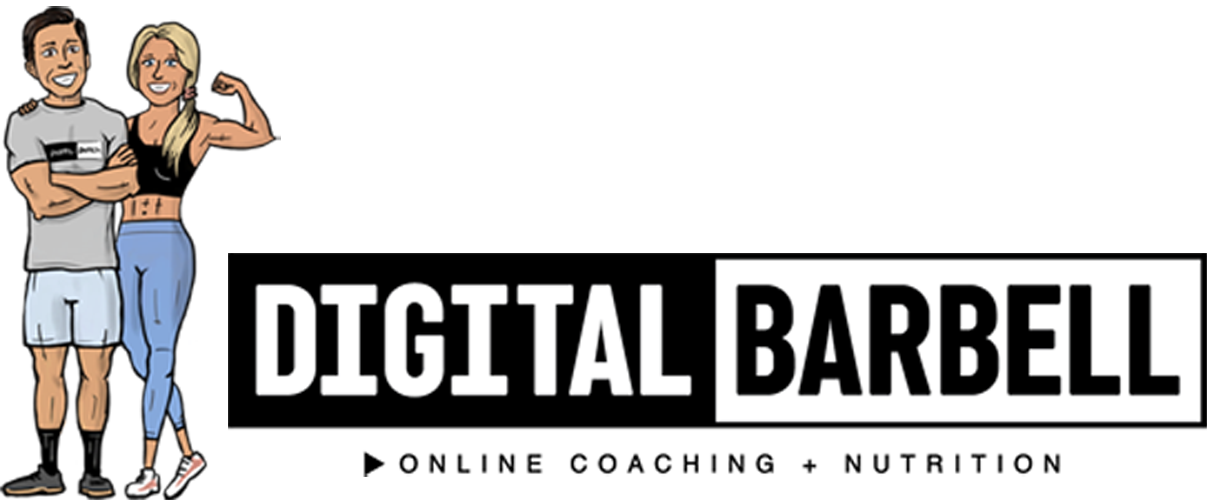The Vitamins, Minerals and Micronutrients You Need and How To Get Them From Your Food
Today we’re talking micronutrients.
You already know all about macronutrients (protein, carbohydrate and fat) so if you’ve ever wondered why we say you also need to consider your micronutrients to maintain your health… wonder no more!
We need micronutrients to keep us healthy, to keep our systems functioning properly, and for our body to do a bunch of other tasks that we don’t even know are going on. So sit back, relax, and grab a bowl of liver and mushrooms (you’ll see why in a bit) and read up.
Note: This is just simplified overview of vitamins, the foods they come from, what they do, and what happens if we don’t get enough. Remember that this list isn’t exhaustive and everyone’s needs vary.
Vitamin A
The Vitamin A family includes animal and plant sources. Some of the plant sources are provitamins which means they are converted in our body to vitamins.
Involved in:
Forming pigments in the eye, synthesizing proteins, immune functions and wound healing, embryonic development, and red blood cell development.
We get it from:
Red, orange and yellow vegetables and fruits, dark leafy greens, liver and egg yolks.
Not getting enough results in: Eye issues, rough, dry skin, and acne.
Vitamin B1: Thiamin
Today, many foods today are fortified with Vitamin B1 so deficiencies are rare.
Involved in:
Producing energy, and synthesizing DNA/RNA.
We get it from:
Beans and legumes, sunflower seeds, nutritional yeast, whole grains such as oats and barley.
Not getting enough results in:
Weakness in extremities, rapid heart rate, GI distress, and eye twitching.
Vitamin B2: Riboflavin
Vitamin B2 helps regulate levels of other B vitamins.
Involved in:
Metabolizing drugs and toxins in the liver, red blood cell production, maintaining health of skin, nervous system and GI tract, and red blood cell production.
We get it from:
Soybeans, mushrooms, spinach, whole grains, almonds, eggs, shrimp, beef liver, daily, and nutritional yeast.
Not getting enough can result in:
Conjunctivitis, light sensitivity, anxiety, loss of appetite, and anemia.
Vitamin B3: Niacin
A deficiency in Vitamin B3 is rare in industrialized regions but can happen to people with HIV or alcoholism.
Involved in:
DNA repair, maintaining health of skin, digestive system and nerves, and controlling cholesterol levels.
We get it from:
Whole grains, mushrooms, canned tomato products, beef, fish, pork, chicken, and liver.
Not getting enough can result in:
Damage to mucous and skin membranes (rash), diarrhea, and dementia.
Vitamin B5: Pantothenic Acid
Vitamin B5 deficiencies are rare but can be helpful to supplement for acne.
Involved in:
Synthesizing cholesterol, steroid hormones and neurotransmitters, drug metabolism, and maintaining skin health.
We get it from:
Mushrooms, corn, avocado, peas, potatoes, lentils, egg yolks, beef liver, poultry, seafood, and yogurt.
Not getting enough can result in:
Tingling feed
Vitamin B6: Pyridoxine
Involved in:
Glycogen breakdown, red blood cell metabolism, nervous and immune system functions.
We get it from:
Potatoes, sunflower seeds, chickpeas, bananas, spinach, fish, pork, beef, and poultry.
Not getting enough can result in:
Rashes, nervous system disorders, anxiety, confusion, and anemia.
Vitamin B7: Biotin
Your intestinal bacteria can produce biotin (Vitamin B7).
Involved in:
Forming four vital enzymes (known as carboxyases), DNA replication and transcription.
We get it from:
Nuts and peanuts, sweet potatoes, onions, mushrooms, cacao, whole grains, tomatoes, beans, egg yolks, dairy, liver, fish, and pork.
Not getting enough can result in:
Dry or rashy skin, loss of appetite, hair loss, and conjunctivitis.
Vitamin B9: Folate
A common vitamin deficiency. “Folate” is found in foods while “folic acid” is a synthetic supplement.
Involved in:
Breaking down and using vitamins B12 and C, forming new proteins, red blood cell formation and circulation, and fetal development.
We get it from:
Beans, leafy greens, and chicken liver.
Not getting enough can result in:
Anemia, low while blood cell count, weakness and weight loss, cracking of tongue and mouth, and low brith weight.
Vitamin B12: Cobalamin
We can store literally decades worth of Vitamin B12 in our liver which is good because as we age we become less efficient at absorbing it.
Involved in:
Forming and maintaining healthy nerve and red blood cells.
We get it from:
Fish, beef, and dairy.
Not getting enough can result in:
Neurological problem, loss of appetite, fatigue, and mouth inflammation.
Vitamin C: Ascorbic Acid
Involved in:
Protecting cells from free radical (antioxidant), improving iron absorption, regenerating vitamin E supplies, and building collagen.
We get it from:
Most colorful fruits and vegetables, and organ meats.
Not getting enough can result in:
Poor wound healing and poor dental health.
Vitamin D: Ergocalciferol
Most of our Vitamin D should come from the sun. We can’t overdose on Vitamin D (but as you know too much sun exposure can cause skin damage).
Involved in:
Maintaining calcium levels, and immune system functions.
We get it from:
Fish, egg yolks, mushrooms, shrimp, liver, and dairy.
Not getting enough can result in:
Low bone density, and tooth decay.
Vitamin E: Tocopherol
Deficiencies are rare unless malnourished.
Involved in:
Scavenging free radicals (antioxidants), and expression of immune and inflammatory cells.
We get it from:
Nuts and seeds, peanuts, dark leafy greens, and avocado
Not getting enough can result in:
Muscle weakness, impaired vision, and acne.
Vitamin K
Involved in:
Blood clotting, amino acid metabolism, and cell signaling in bone tissue.
We get it from:
Leavy greens, cruciferous greens, asparagus, cheese, egg yolks, grass-fed butter, beef, dairy, and liver.
Not getting enough can result in:
Brusing, anemia, and hemorrhage.

